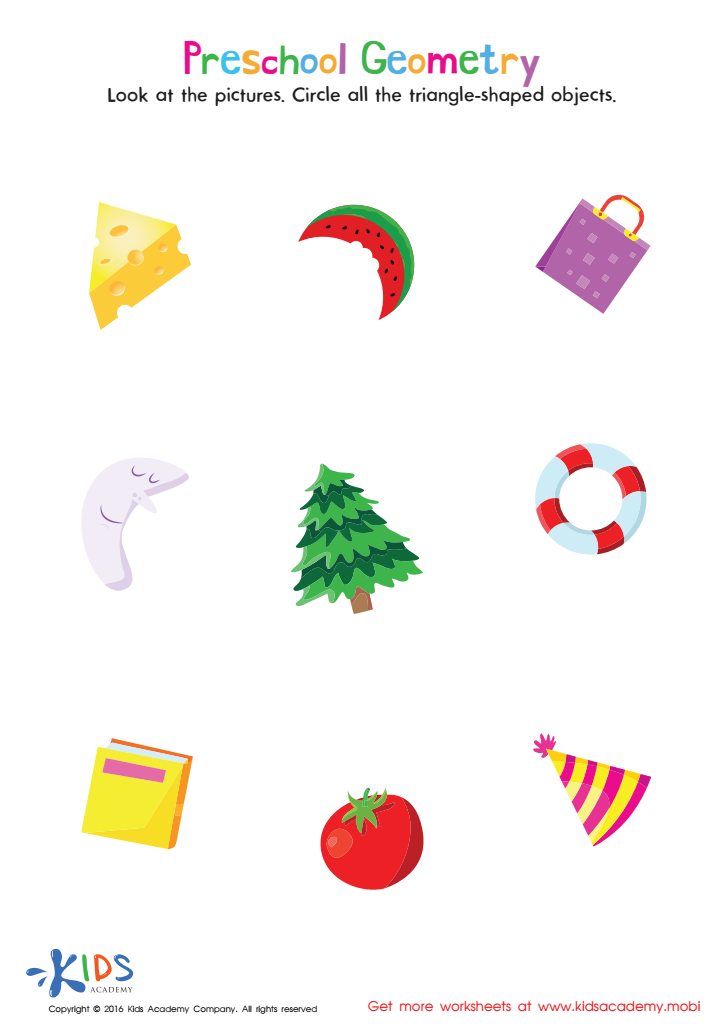Normal Geometry Worksheets for Ages 3-9 - Page 2
75 filtered results
-
From - To


Shapes of All Sizes Worksheet
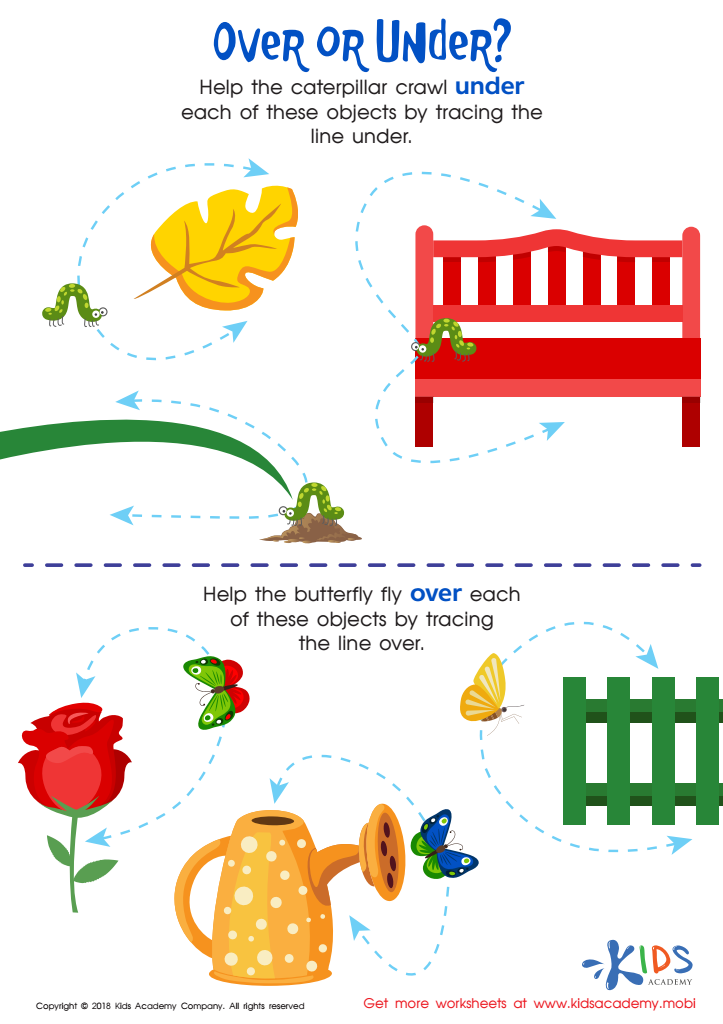

Over or Under? Worksheet
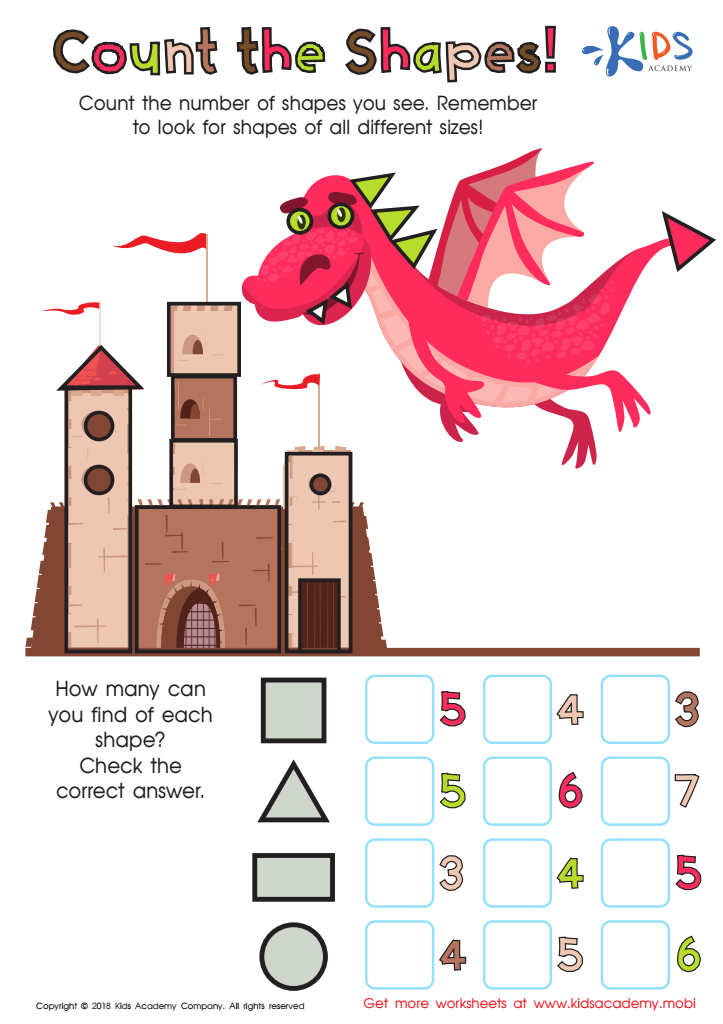

Count the Shapes Worksheet
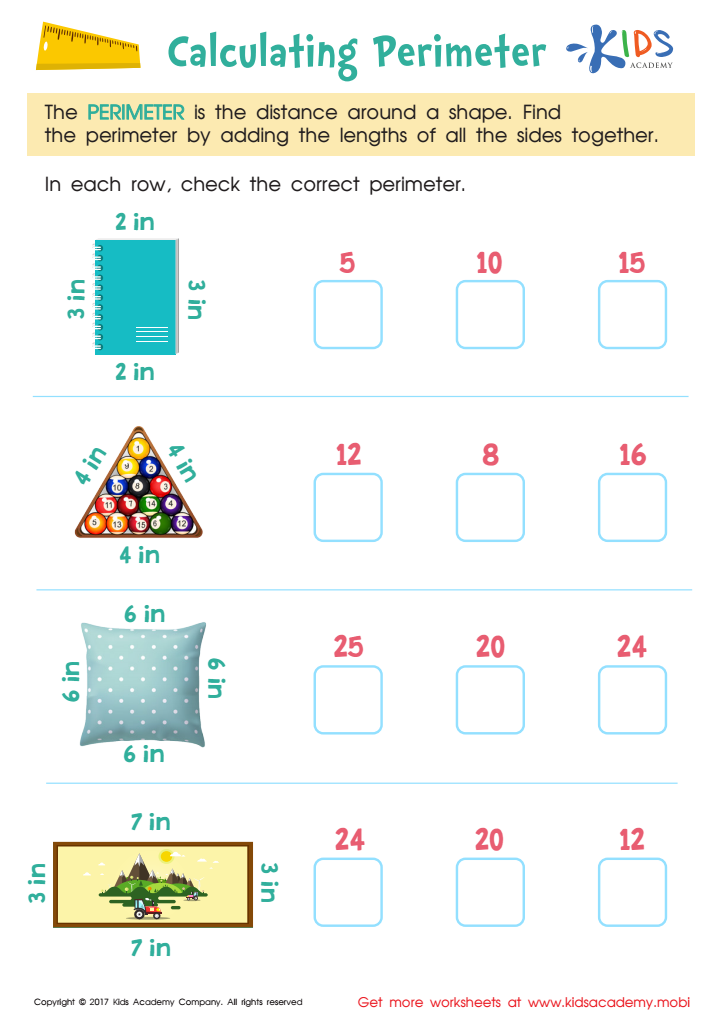

Calculating Perimeter Worksheet
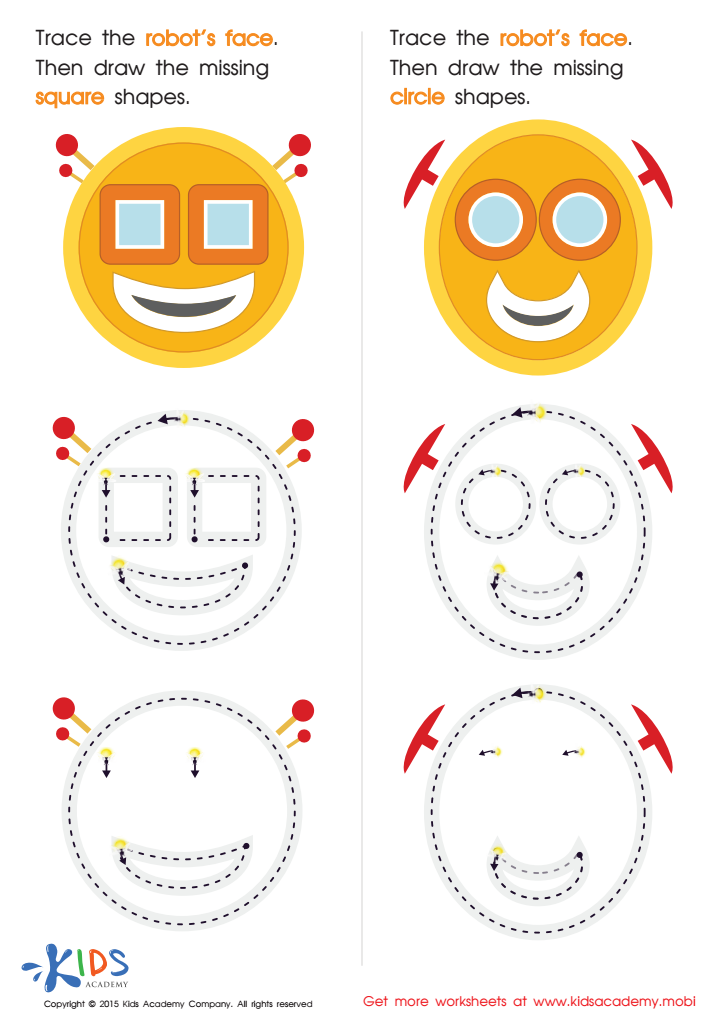

Practicing to Draw Circles And Squares Printable
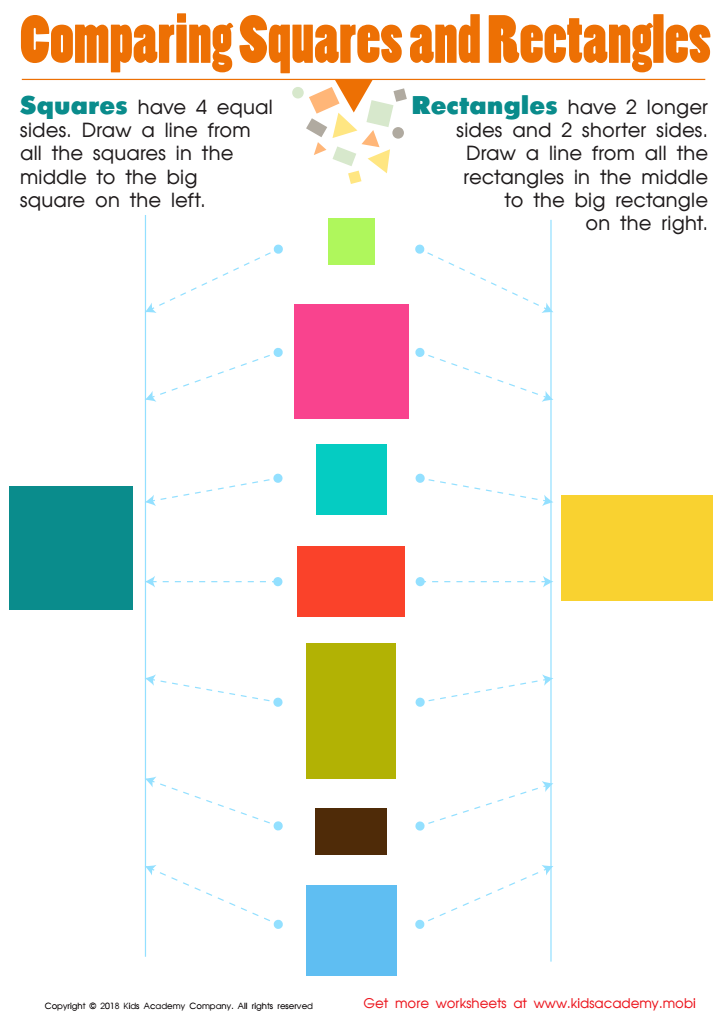

Comparing Squares Rectangles Worksheet
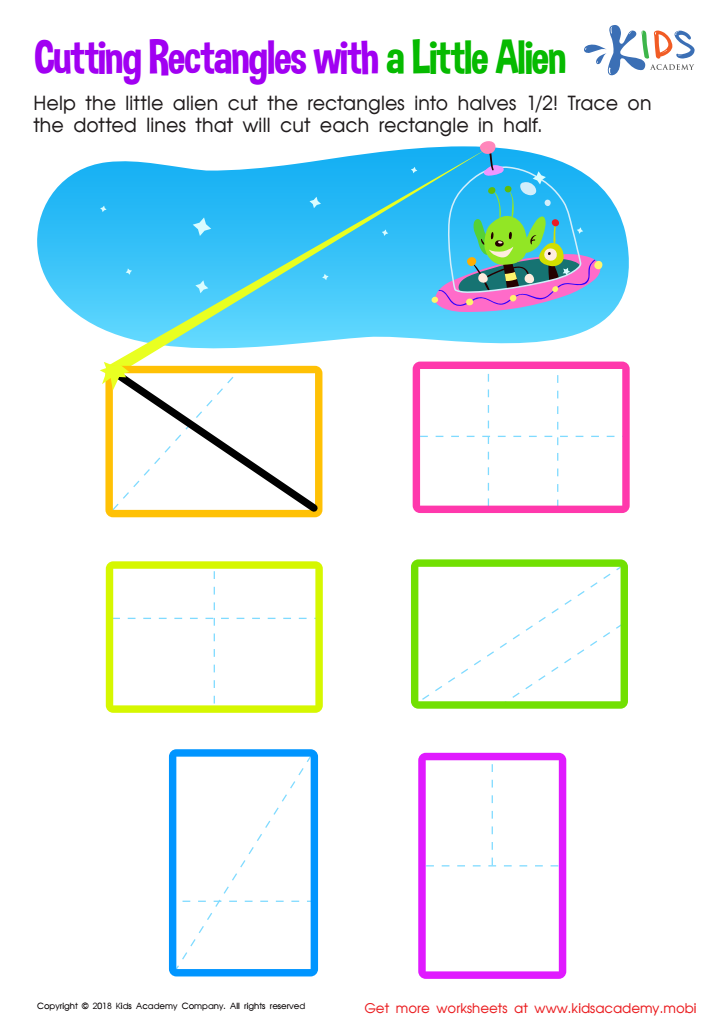

Cutting Rectangles with Alien Worksheet
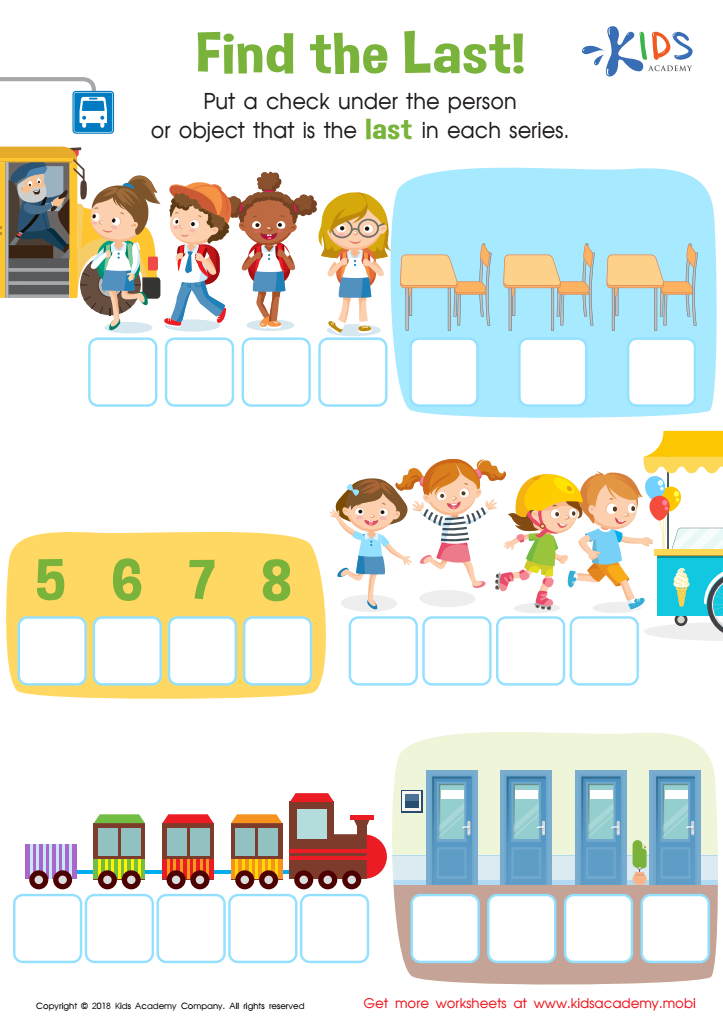

Find the Last! Worksheet


Geometry: part 1 Worksheet
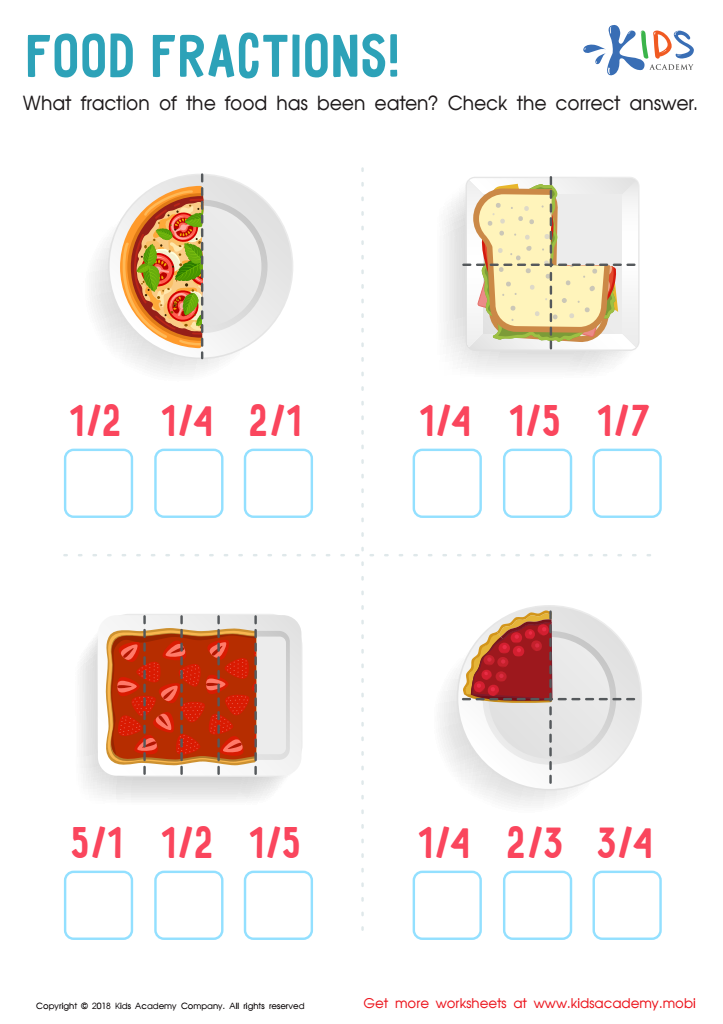

Food Fractions Worksheet
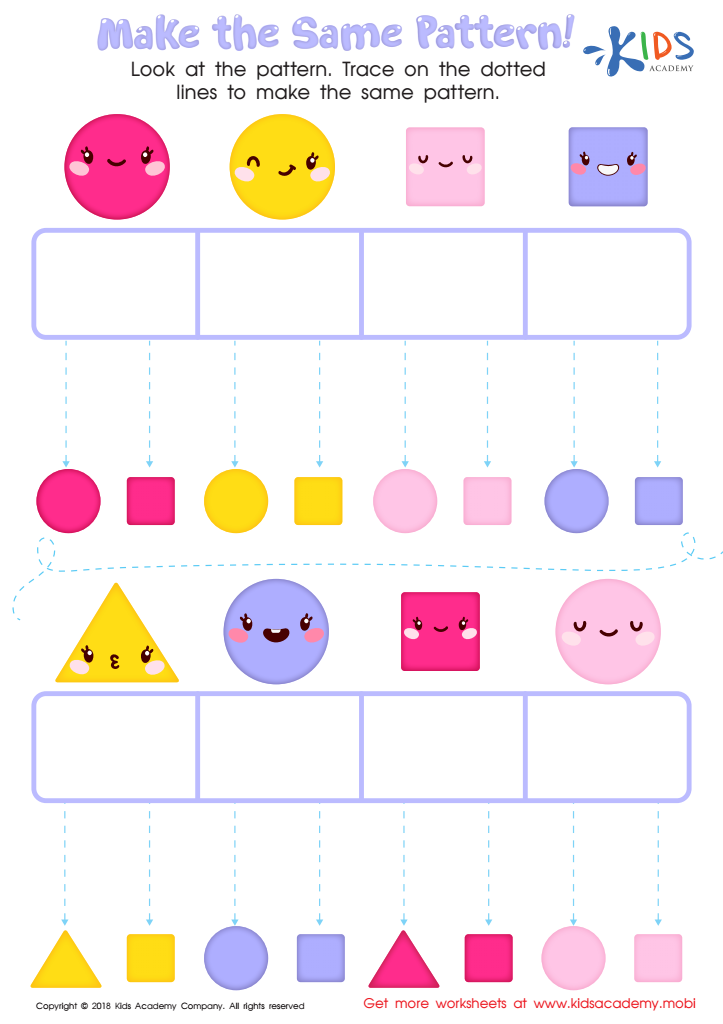

Make the Same Pattern Worksheet
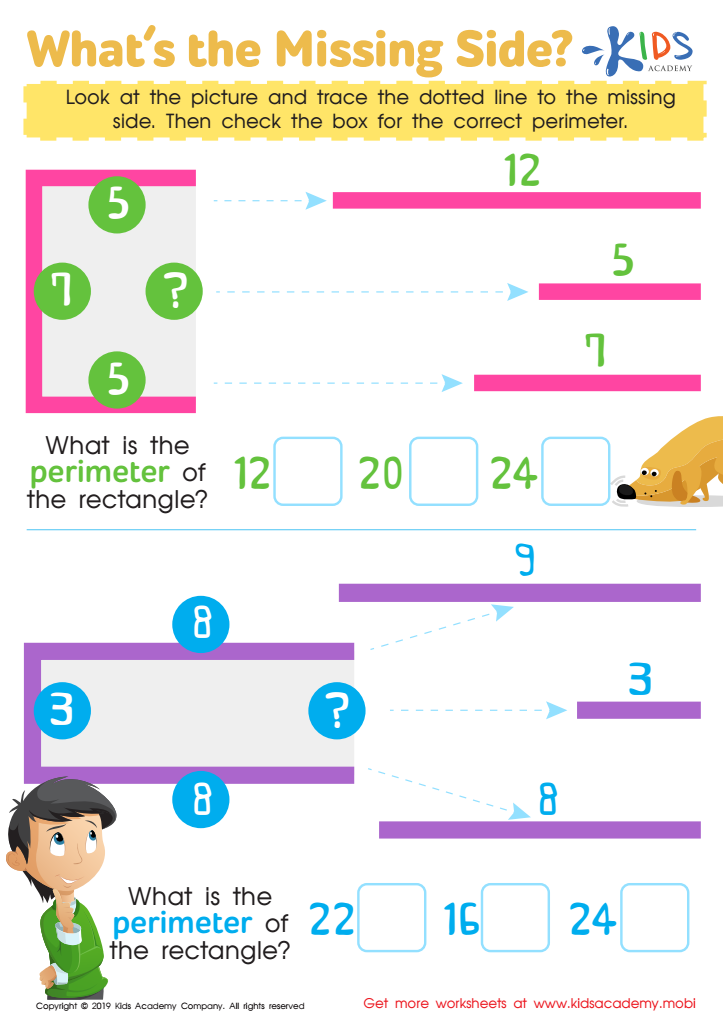

What's the Missing Side Worksheet
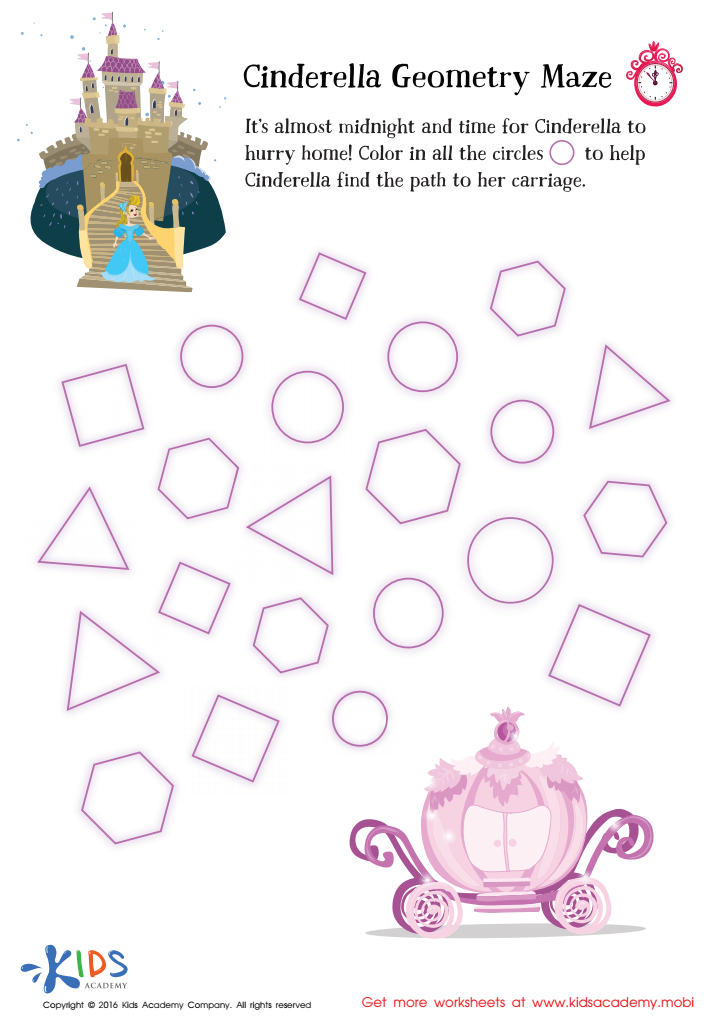

Cinderella Geometry Maze Worksheet
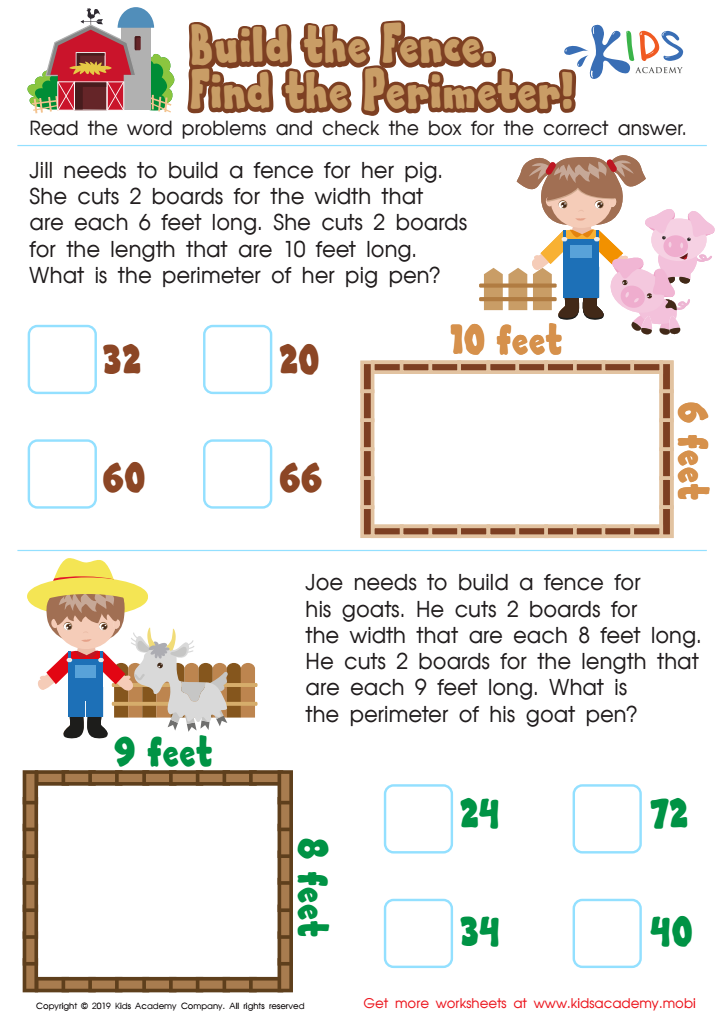

Build the Fence, Find the Perimeter Worksheet
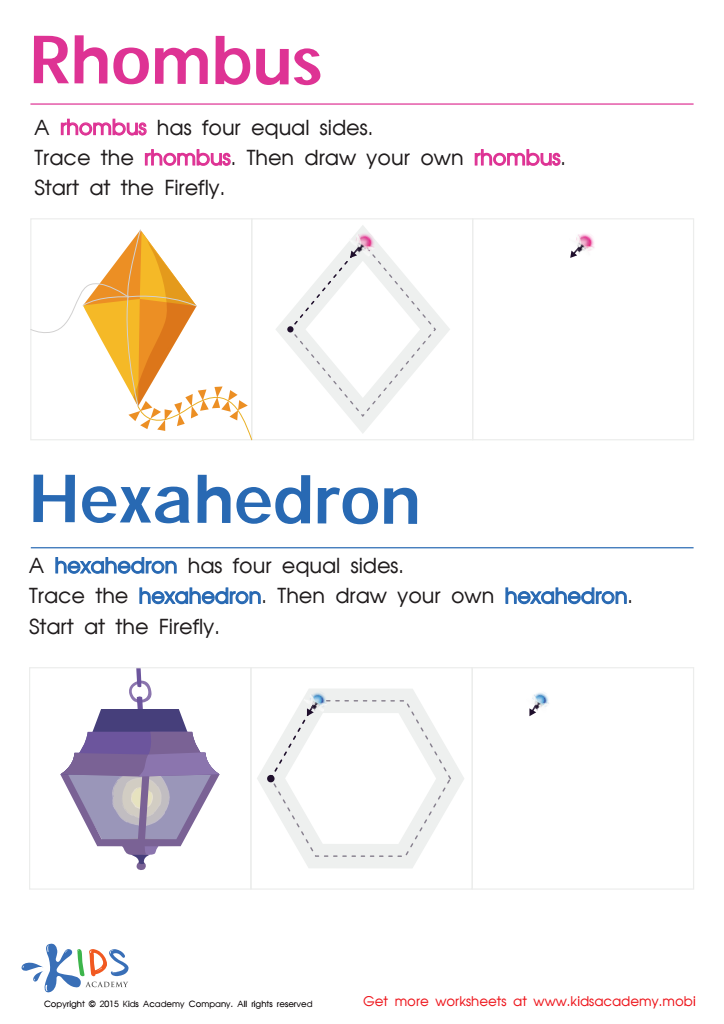

Draw a Rhombus And a Hexahedron Printable


Preschool Geometry Match Up Worksheet
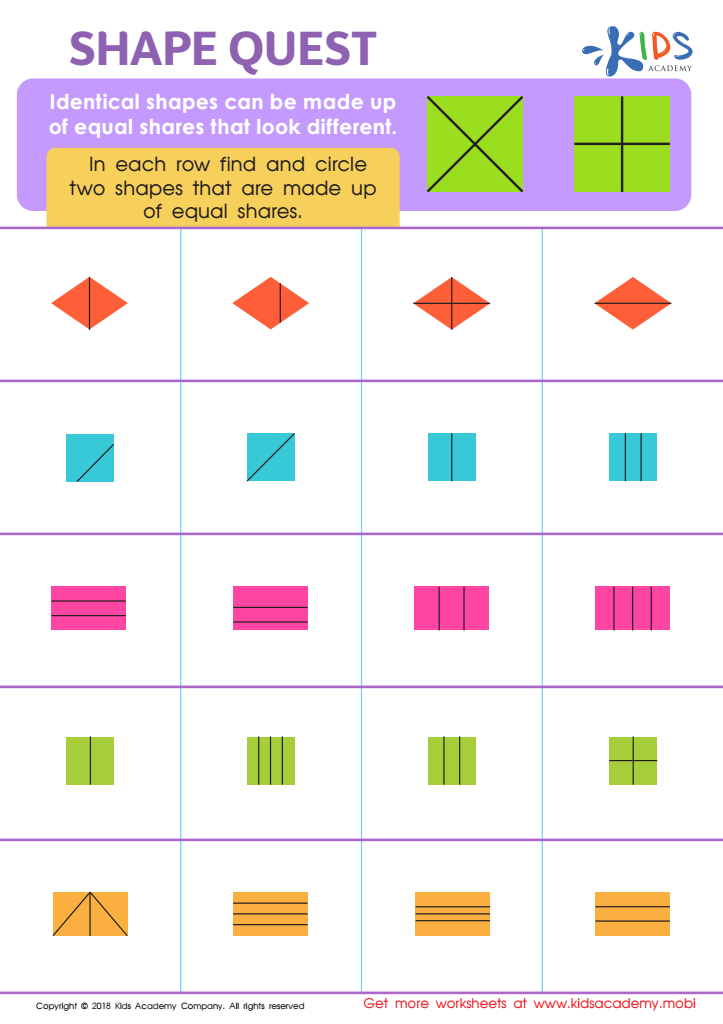

Shape Quest Worksheet


Learning to Draw Crescents And Triangles Worksheet
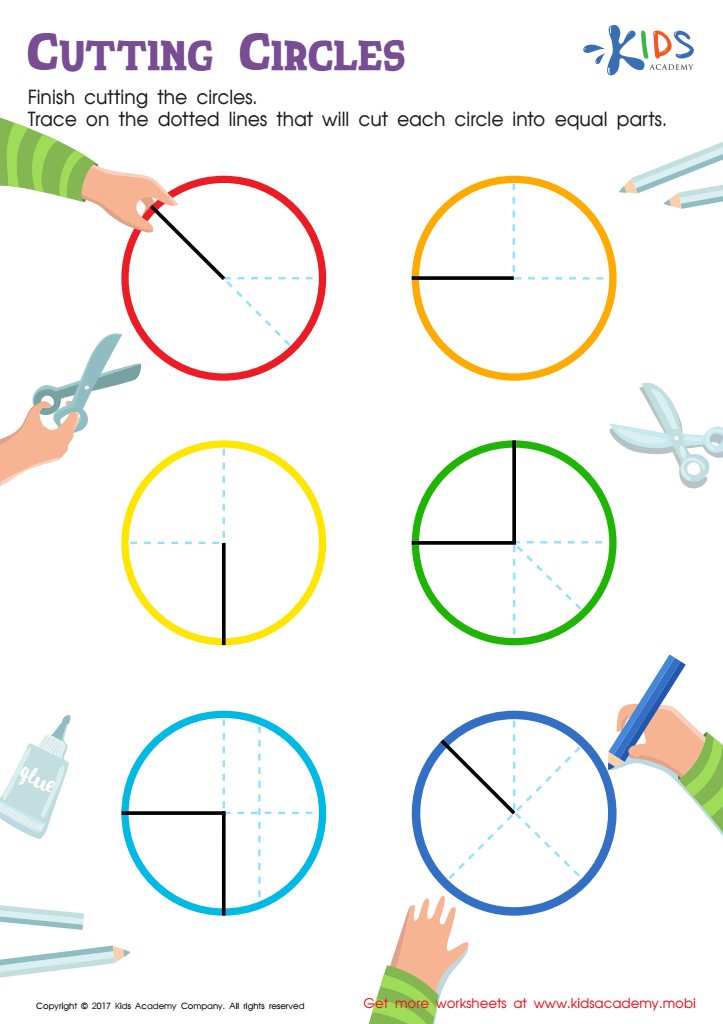

Cutting Circles Worksheet
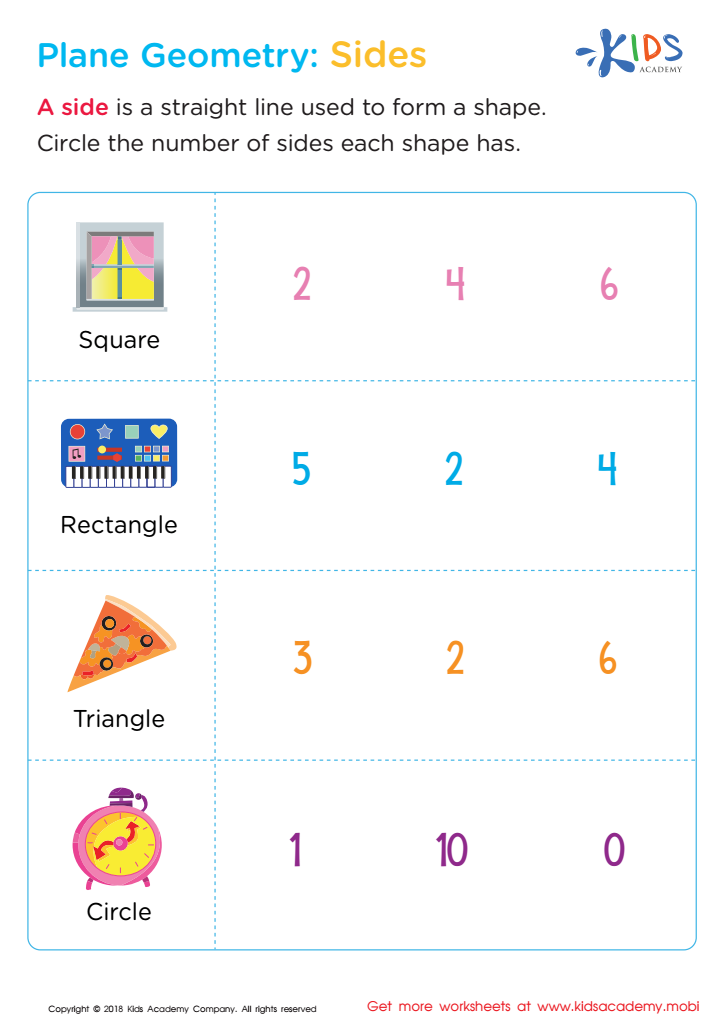

Plane Geometry: Sides Worksheet
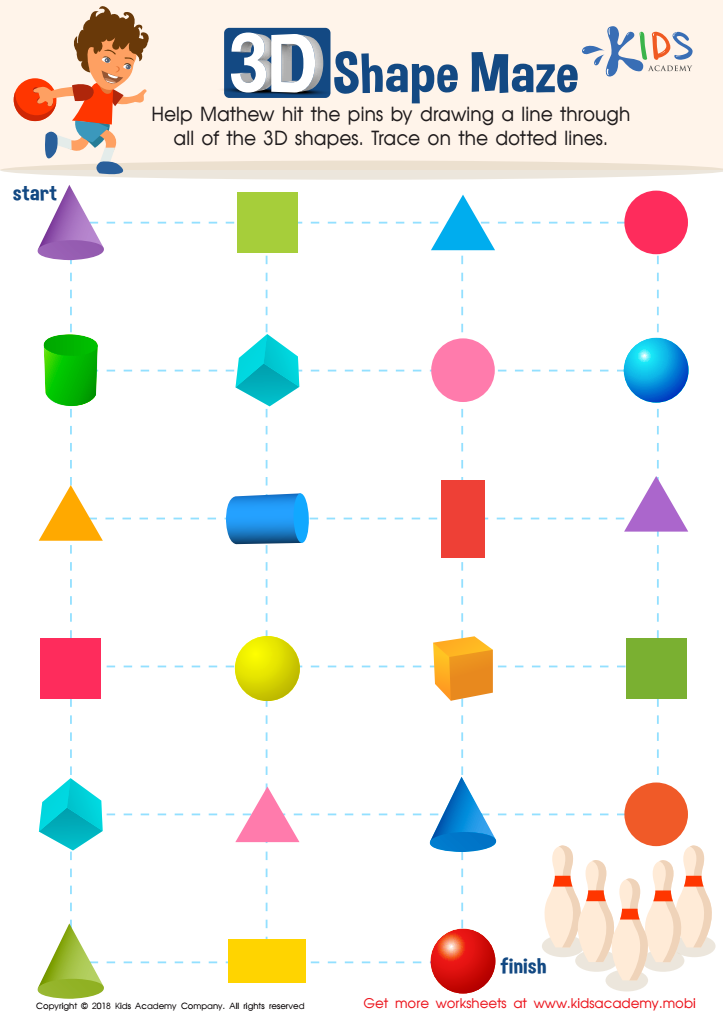

Shapes Maze Geometry Worksheet
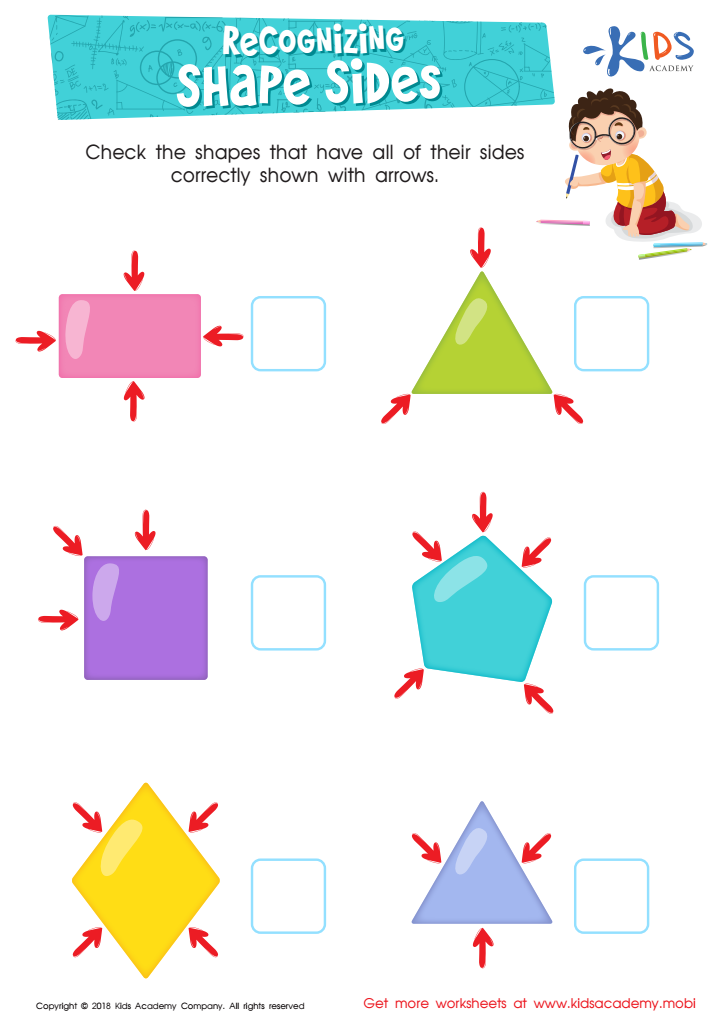

Recognizing Shape Sides Worksheet
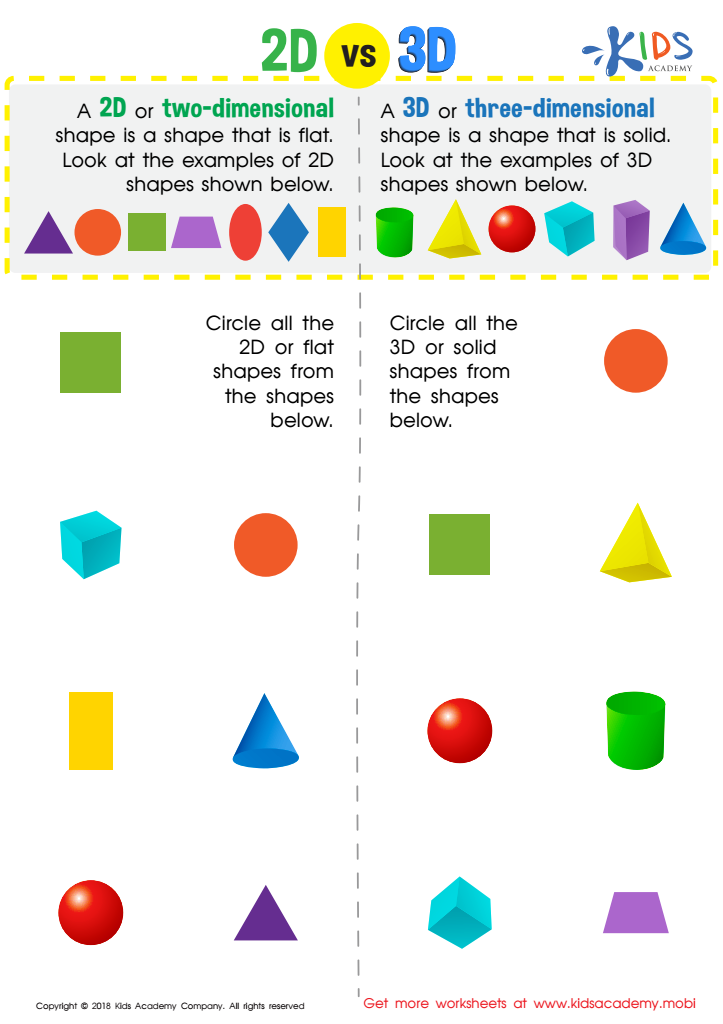

2D vs 3D Shapes Worksheet
Understanding normal geometry is essential for children aged 3-9 as it lays a crucial foundation for their future learning and cognitive development. During these formative years, children naturally explore shapes, patterns, and spatial relationships, helping them to develop critical thinking and problem-solving skills. Recognizing and manipulating geometric concepts not only enhances their mathematical abilities but also fosters creativity as they begin to visualize and comprehend the world around them.
Parents and teachers should be actively involved in geometric education because these skills are interconnected with literacy and overall cognitive development. Engaging with geometry can improve children's ability to recognize and describe the relationships and attributes of objects, making discussions around math and science more accessible. Furthermore, fostering a strong grasp of early geometry is vital for academic readiness, preparing children for more advanced mathematical concepts in later grades.
Incorporating fun, hands-on activities related to shapes and spatial reasoning in everyday learning can energize children's interest in math, contributing positively to their self-esteem and academic confidence. By prioritizing early geometry, we equip our children with tools that benefit them academically, socially, and emotionally, nurturing well-rounded individuals prepared for future challenges.
 Assign to My Students
Assign to My Students
